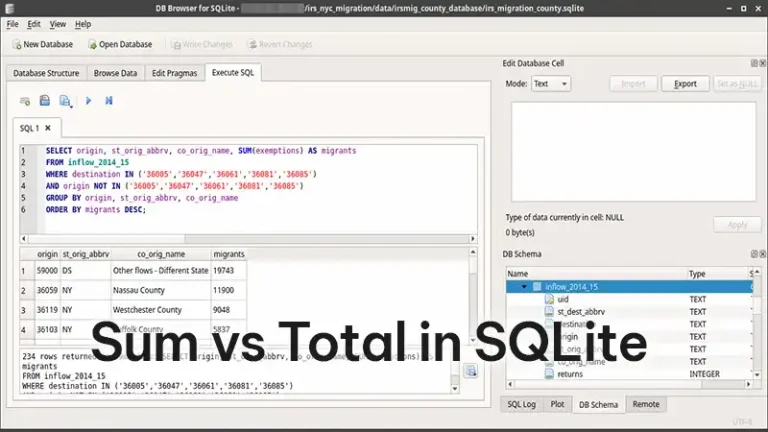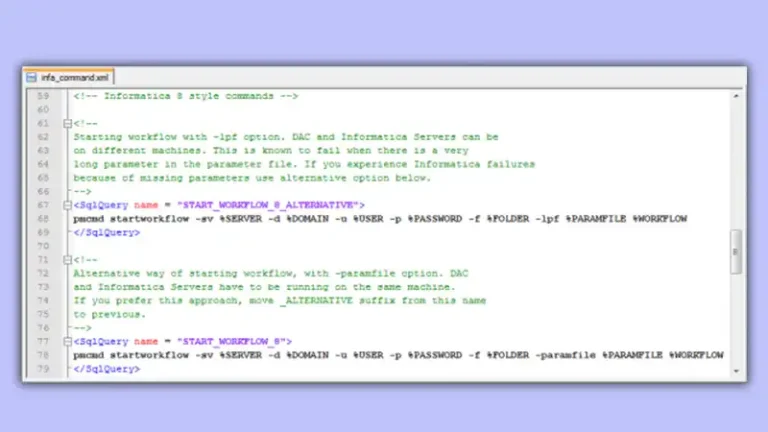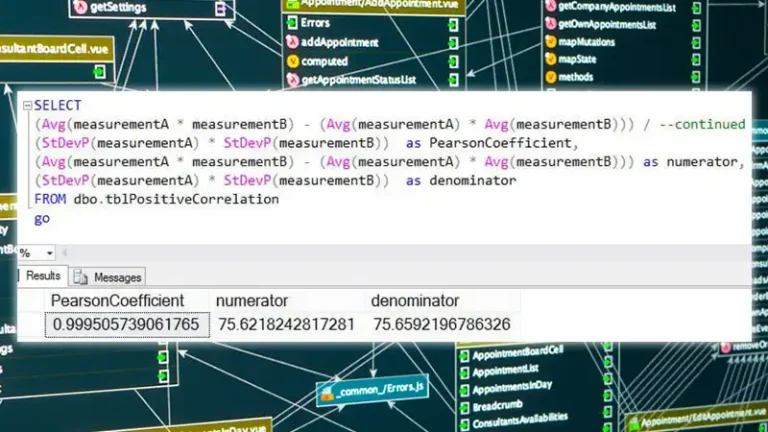Resetting AUTO_INCREMENT in MySQL | A Comprehensive Guide
MySQL has the AUTO_INCREMENT attribute that is commonly used to generate unique identifiers for rows in a table automatically. However, there may be instances where you need to reset the AUTO_INCREMENT value, such as cleaning up test data or optimizing the storage of your database.
Or perhaps you’ve accidentally deleted some records or want to reorganize your data. Let’s take into account a few straightforward processes to reset the AUTO_INCREMENT value in MySQL.

Why Reset AUTO_INCREMENT in MySQL
Below are various scenarios where resetting AUTO_INCREMENT can prove to be a valuable tool in managing your MySQL database.
1. Database Maintenance: Over time, databases can accumulate test data, development artifacts, or rows that are no longer relevant. Resetting AUTO_INCREMENT allows you to clean up your database, providing a fresh start for identifiers and improving database efficiency.
2. Data Archiving: In situations where you archive or export data, resetting the AUTO_INCREMENT value can be beneficial. It ensures that when you import the data into a new database or table, there won’t be conflicts with existing identifiers.
3. Data Privacy and Security: In certain cases, especially when dealing with sensitive information, you might want to reset AUTO_INCREMENT to remove any traces of previously used identifiers. This adds an extra layer of privacy and security by making it harder for external parties to infer patterns based on identifier values.
4. Table Optimization: Resetting AUTO_INCREMENT can be part of a broader strategy to optimize table structures. For instance, if you’ve removed a significant number of rows, resetting AUTO_INCREMENT allows you to reclaim unused identifier values and compact the storage.
How to Reset AUTO_INCREMENT Value in MySQL?
In this section, we have laid out four easy yet effective ways to reset AUTO_INCREMENT in MySQL. Feel free to choose whichever suits your needs best.
1. Use the Alter Table Command
The simplest and most direct way to reset the AUTO_INCREMENT value is by using the ALTER TABLE command. Here’s an example:
- ALTER TABLE your_table_name AUTO_INCREMENT = 1;
Replace your_table_name with the actual name of your table. This command resets the AUTO_INCREMENT value to 1, and the next inserted row will be assigned the value 1.
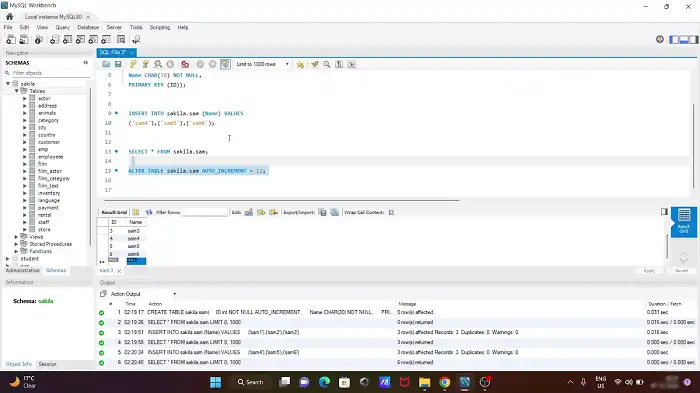
2. Truncate Table
If you want to not only reset the AUTO_INCREMENT value but also remove all existing data in the table, you can use the TRUNCATE TABLE statement. Be cautious when using this method, as it deletes all rows from the table:
- TRUNCATE TABLE your_table_name;



After truncating the table, you can use the ALTER TABLE command to set the AUTO_INCREMENT value.
- ALTER TABLE your_table_name AUTO_INCREMENT = 1;
3. DROP and Recreate Table
Another approach is to drop the table and then recreate it with the desired AUTO_INCREMENT value. This method is more drastic and should be used with caution, especially in production environments. Here’s an example:
- — Backup your data before proceeding
- CREATE TABLE new_table_name AS SELECT * FROM your_table_name;
- DROP TABLE your_table_name;
- ALTER TABLE new_table_name RENAME TO your_table_name;

This sequence of commands creates a copy of the table, drops the original table, and then renames the new table to the original name. Adjust the AUTO_INCREMENT value as needed.
4. Use INSERT IGNORE
You can also use the INSERT IGNORE statement to reset the AUTO_INCREMENT value by inserting a row with the desired identifier:
- INSERT IGNORE INTO your_table_name (id, other_columns) VALUES (1, ‘data’);
This will insert a row with an explicit ID, and MySQL will adjust the AUTO_INCREMENT value accordingly. You can then delete the inserted row if necessary.

How do I update the auto_increment column in SQL?
SQL Server employs the “IDENTITY” keyword to establish auto_increment functionality when creating a table. The syntax for this operation is as follows: “IDENTITY (initial_value, increment_value);”
How do I stop auto increment in SQL?
Within a MySQL table, the ‘Modify’ option can be utilized to deactivate or eliminate the auto-increment feature associated with a specific column.
Does resetting AUTO_INCREMENT affect existing data?
No, resetting the AUTO_INCREMENT value does not impact existing data in the table. It only changes the starting point for future AUTO_INCREMENT values.
Conclusion
Resetting AUTO_INCREMENT in MySQL is achievable through various methods, each with its own advantages and considerations. The one you choose depends on your specific requirements and the amount of caution needed when dealing with existing data. Always make sure to back up your data before performing any operations that involve altering tables or deleting records.

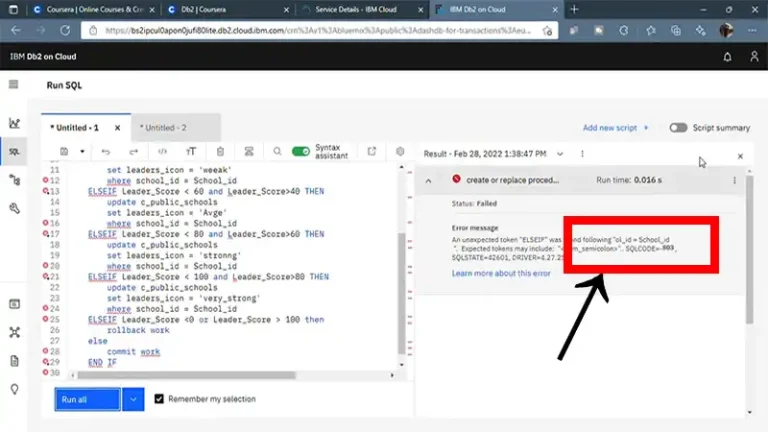
![SQL Add Leading Zero If Less Than 10 [5 Databases Included]](https://www.iheavy.com/wp-content/uploads/2024/08/SQL-Add-Leading-Zero-If-Less-Than-10--768x432.webp)
